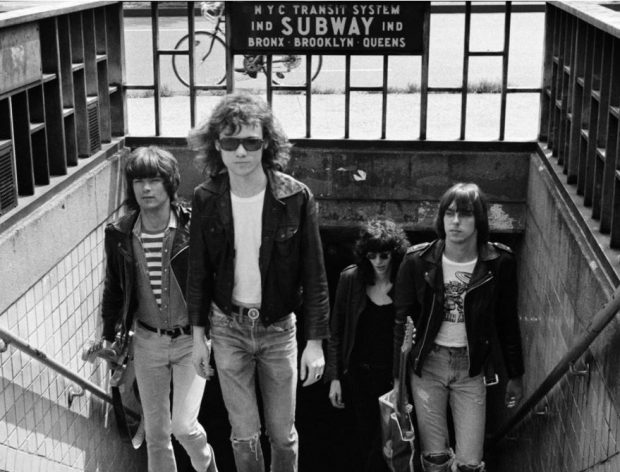
Hardly any other city has as much to offer in terms of rock history as New York. We take a look back at the legendary clubs and halls of the 1960s and 1970s. This is where trends began and where many stars started their careers.
They were located in neighborhoods where rents were cheap and where you could make noise relatively undisturbed. Areas that were considered marginal and not necessarily safe, but which were also interesting and full of creativity and inspired many musicians. The same neighborhoods are invariably expensive and chic in 2021. Here is a look at the most important old clubs and halls and what is in their places today.
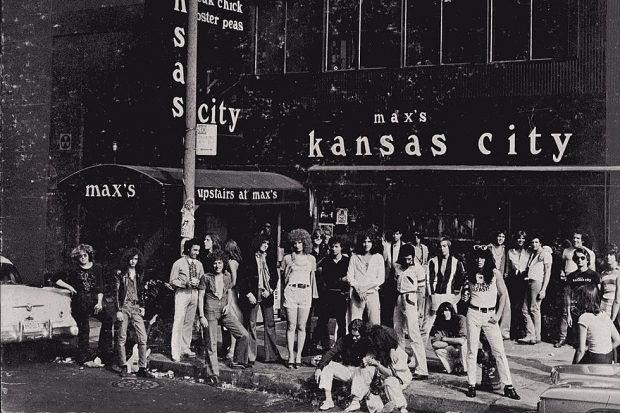
Max’s Kansas City 1976: Album Cover
1965-1981 213 Park Avenue South
It was never entirely clear where the name came from. There was no Max and no connection whatsoever with Kansas City. It was started by the nightlife impresario Mickey Ruskin. Andy Warhol held State in the 70-square-foot back room. Everyone who represented something in the art and music world showed up there at some point – from rock greats like Mick Jagger or David Bowie to artists like Salvador Dali. Bruce Springsteen, Aerosmith, and Bob Marley performed when no one knew who they were. Debbie Harry, the future singer of Blondie, worked here as a waitress for two years.
READ: A Brief History of Immigration to New York: From 1524 to Today
Of course, Warhol’s protégés, the band Velvet Underground with Lou Reed, were among the regulars. The album “The Velvet Underground Live at Max’s Kansas City” was recorded here.
Downstairs here today you can find “fraiche”, a small grocery store, and upstairs are loft apartments.
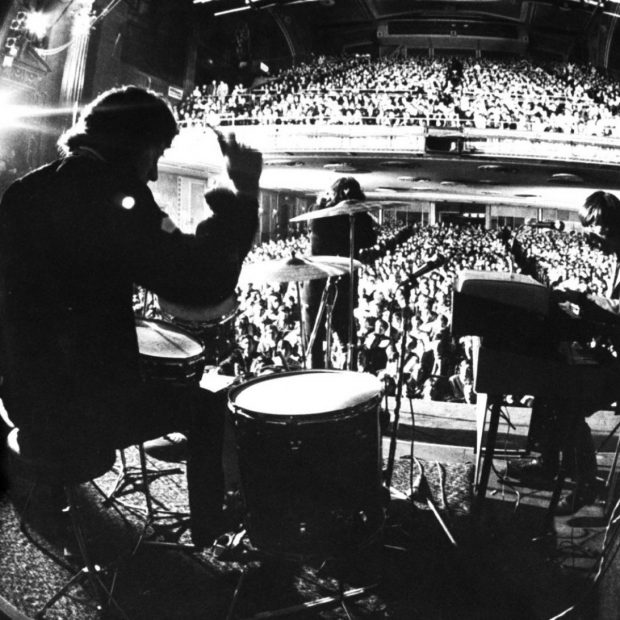
The Doors play at the Fillmore East in 1968
1968-1971 105 Second Avenue
The Fillmore East was an old Jewish theater that legendary promoter Bill Graham converted into a 2,700-seat hall. The list of artists who have performed here reads like a who’s who of rock history. Janis Joplin, Jimi Hendrix, Frank Zappa, and Miles Davis are just a few names.
READ: Nazi Summer Camps and a ‘Führer’ from Munich: 22,000 Sympathizers in Madison Square Garden
Where the box office and lobby used to be, there is now a bank, the rest has been divided into expensive apartments. The past is not completely forgotten here. The bank has photos and posters of the Fillmore, and the city named the corner of Second Avenue and 6th Street “Bill Graham Way.”
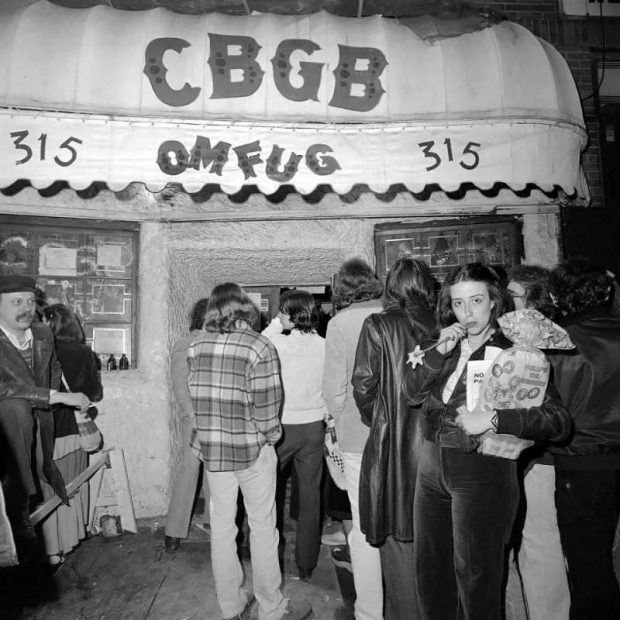
CBGB – 1977 Photo Meryl Meisner
1973-2006 315 Bowery near Bleecker Street
In the 1970s, CBGB DIE was America’s hotbed for punk and the new wave. They all got through here, often completely unknown: Television, Patti Smith, the Dead Boys, to name just a few. The Police made their US debut here. The ultimate NY punk rockers, the Ramones, are perhaps the band most closely associated with the CBGB. The later world stars Blondie were also regulars here.
Today two clothing stores share the former CBGB premises: designer boutique John Varvatos, who is trying to capitalize on the rich history of his shop through the many CBGB memorabilia he has bought, and outdoor brand Patagonia.
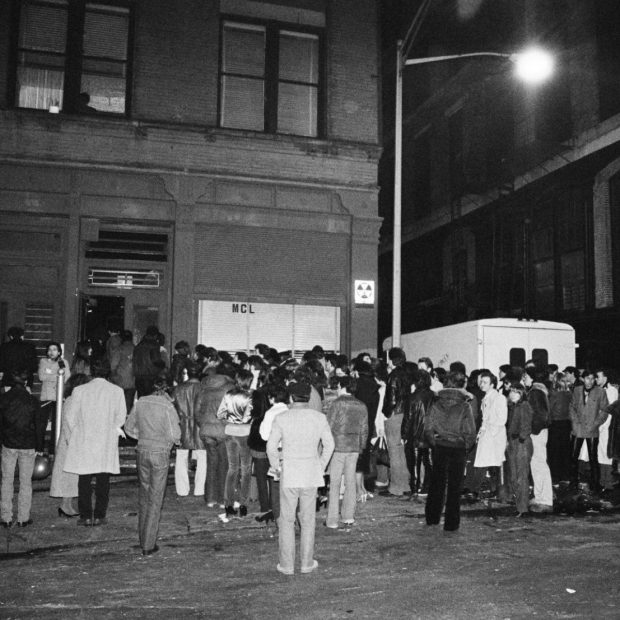
Foto Bob Gruen
1978-1983 77 White Street near Broadway
The Mudd Club was not only sung about in “The Return of Jackie and Judy” by the Ramones, but also by Talking Heads, Nina Hagen, and Frank Zappa. Lou Reed, Johnny Thunders, David Bowie, and the Talking Heads were among the guests. The Ramones performed here a lot, and the B52s made their NY debut here. The incomparable German (counter) tenor and performance artist Klaus Nomi, who became one of the first known AIDS victims in 1983, also made a guest appearance here.
The Mudd Club was a mix of disco and music clubs, fancier than CBGB or Max’s Kansas City, and had a strong connection to the art world. Jean-Michel Basquiat, Keith Haring, and Kenny Scharf were regulars at the club, which was also known for heavy heroin use. The club was named after Samuel Mudd, a doctor who medically treated President Lincoln’s assassin, John Wilkes Booth, and was then charged himself.
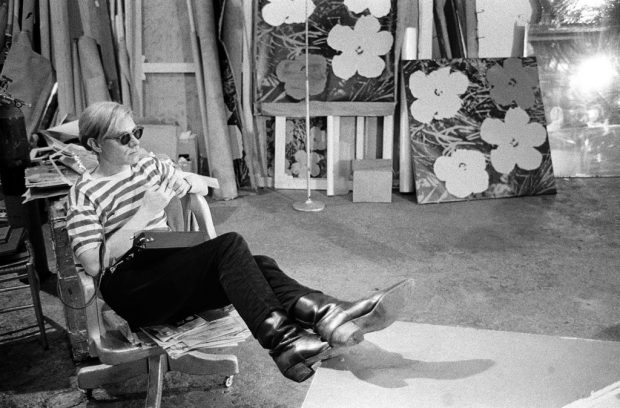
Photo Stephen Shore
1968 – 1973 – 33 Union Square West (Decker Building) on the 6th floor
The Factory wasn’t a music club, but it was one of the most iconic pieces of pop culture in New York history.
The factory was across Union Square from Max’s Kansas City. Warhol created much of his art here, but it was also a legendary meeting place for the New York underground scene.
In 1968 Warhol was shot there so badly by the radical feminist Valerie Solanas that he was pronounced dead. Although he lived for almost 20 years, it is said that he was no longer the same after the assassination. The reason for the act was probably that Warhol did not want to produce a play by Solanas.
In 2020 there will be a Puma store and luxury apartments in the building that once housed the factory.
Like us on Facebook for more stories like this: